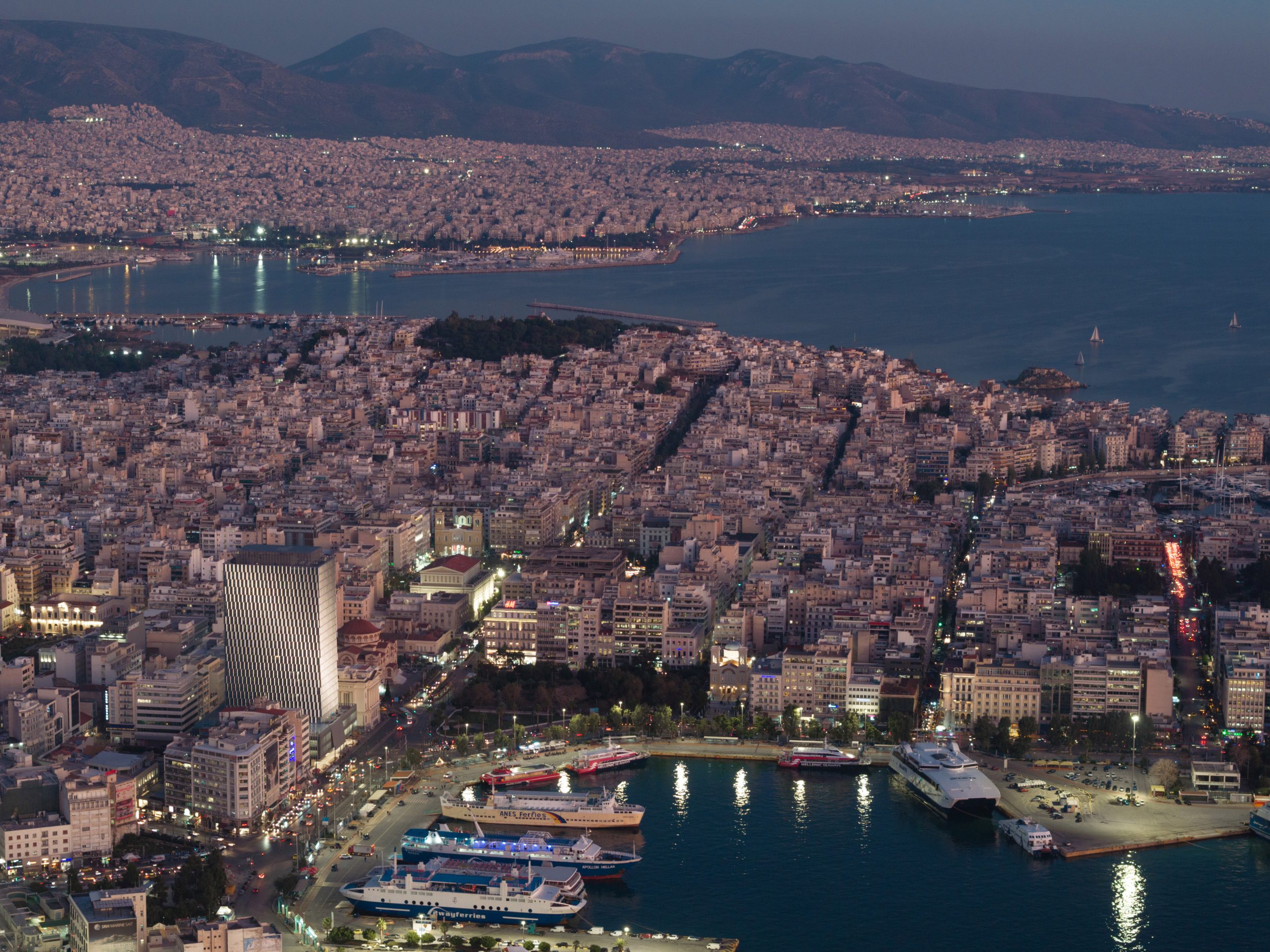The project started off as an invited competition organized by the client. The submitted proposal was the winning sceme amongst 7 architecture offices.The project started in October of 2020, with the concept and schematic phases spanning from October of 2020 to April 2021. In June 2021 the proposal was submitted for planning approval. The detailed design packages of the design team were submitted in July 2021.After a short period of tendering process, the construction coordination phase commenced in September of 2021. As the facade was prefabricated, the initial construction period was spent mostly in factories, designing and fabricating the panels. The fabrication of the tower panels started in August of 2023 and the installation of the first panel took place in October of 2022. By October of 2023 the facade was completed and operational with the first retail opening in December of 2023.As Piraeus Tower has been abandonded since the 70s, it’s restoration was of great important to the client/developer which envisioned that this would lead to the revitilization of the wider port area. Hence, it was really important that the proposed design would bring a contemporary approach to the building, turning it into a landmark, whilst respecting it’s hostory and context.The awakening of the ‘sleeping giant’, as the tower is usually referred to, plays a pivotal role in the urban regeneration of the Piraeus neighborhood. The facade has been envisioned and designed so that the tower blends with its surroundings in a subtle yet dynamic way, hence transforming it into a vibrant landmark for the area that aims to improve the everyday lives of both its users and the citizens. By breaking down the scale of the facade, the tower blends harmoniously with the scale of the surrounding buildings. Moreover, central to its design philosophy is the creation of a contemporary workplace that offers a unique experience to employees and visitors, facilitating a reconnection with the area and the port through uninterrupted views of the sea and the broader Attica region.By recycling 99% of the old glazed facade and using part of the recycled material in the new facade, the project showcased a commitment to circular economy principles, setting a new standard for sustainable construction in the Balkan region. Additionally, the restoration prioritized user experience as per LEED and WELL standards by incorporating amenities such as bike parking, showers, and wellness areas, promoting sustainable commuting and enhancing occupant wellbeing.Advanced technologies, including air control equipment and smart building management systems, were integrated to ensure both environmental performance and user comfort. These measures not only reduced energy consumption but also improved indoor air quality, natural light, and overall comfort levels for occupants.Furthermore, beyond technical considerations, the restoration had substantial socioeconomic impacts. The increased presence of employees and activated retail spaces within the tower sparked revitalization in the surrounding neighborhood, attracting visitors from across Athens. This activity is anticipated to stimulate further economic growth and urban regeneration, ultimately benefiting the entire port area of Piraeus.In conclusion, the decision to restore the Piraeus Tower exemplified a holistic approach that balanced environmental sustainability, user experience, and socioeconomic development. Through careful planning and implementation, the project aimed to preserve the tower’s historical significance while transforming it into a model for sustainable development. By embracing innovative technologies, promoting occupant wellbeing, and catalyzing urban renewal, the restoration of the Piraeus Tower set a benchmark for future sustainable projects in Greece and beyond, demonstrating the potential for historic buildings to be reimagined as vibrant, environmentally conscious spaces that contribute positively to their communities.Furthermore, the unitized curtain wall system enabled rapid facade installation, averaging seven days per floor, as it was manufactured off-site, significantly reducing disruption on the plot and surrounding areas.The project introduced and trained the local market on unitized façade construction for future high-rise projects.All elements of the project were determined through close collaboration with the client, who consistently emphasized the importance of sustainability and occupant wellbeing. These priorities guided every stage of the design process, ensuring that the project not only met environmental standards but also provided a comfortable and healthy environment for its future occupants and the surrounding neighborhood.

